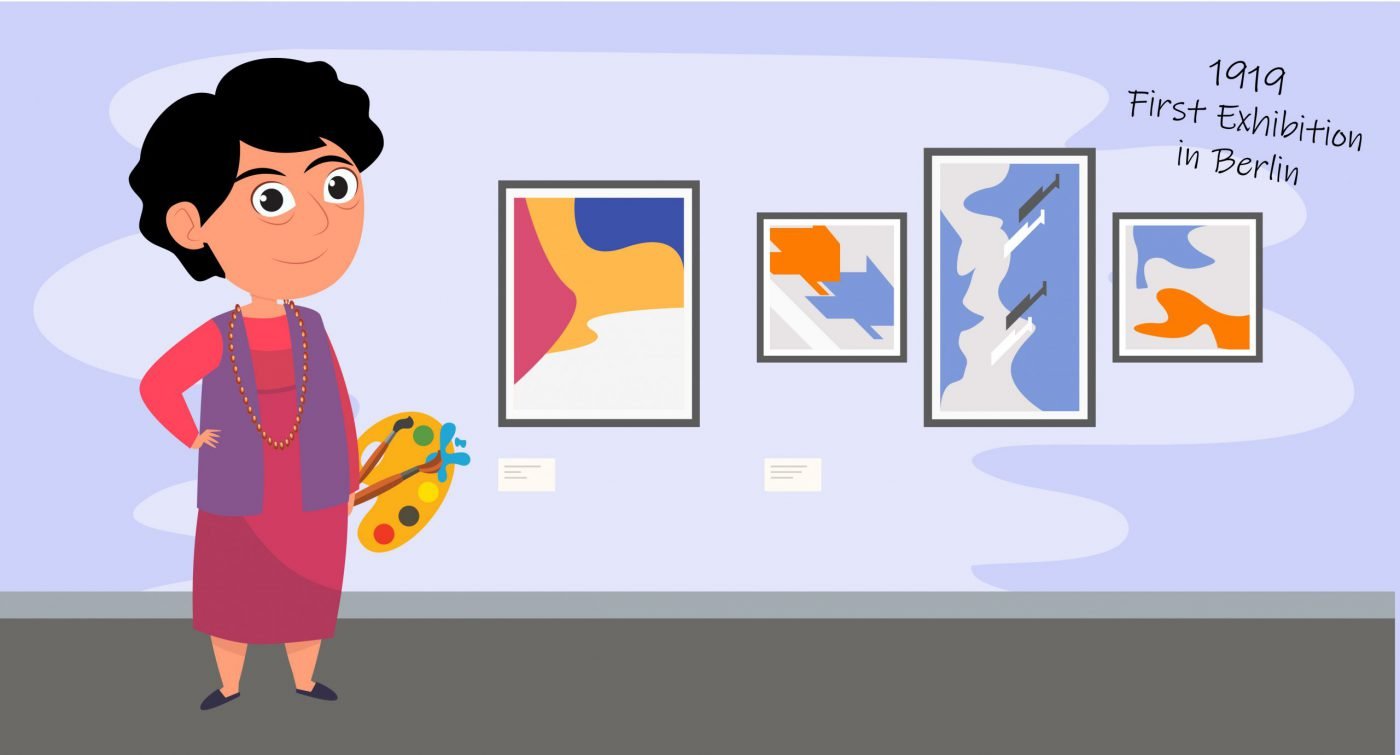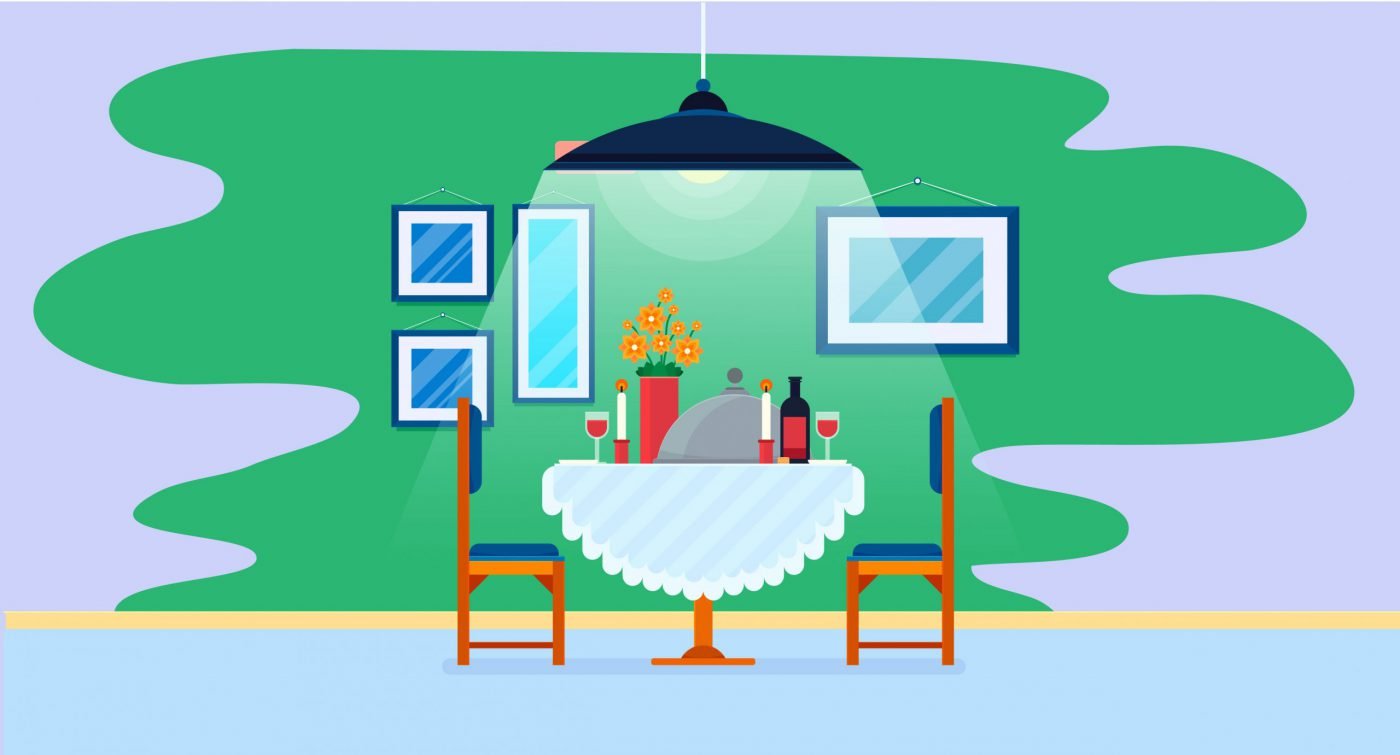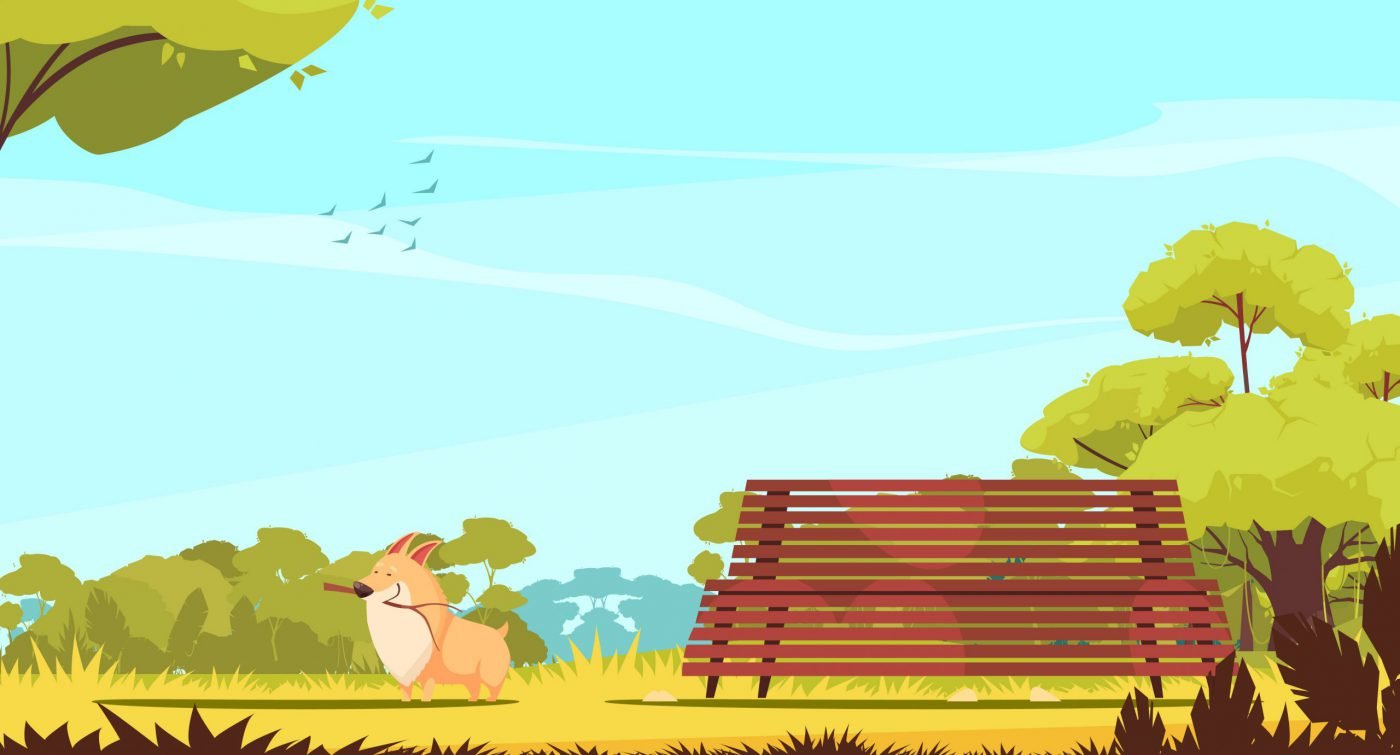No products in the basket.
Art History
Who is South African Artist Irma Stern?
What are the key events in Irma Sterns life?
Irma Stern is still considered to be South Africa’s foremost artist in terms of public recognition and the record prices that her works fetch at an auction. At first misunderstood for her highly individual and Modernist style by the conservative, shock-able public of Cape Town, she gradually won acceptance and eventually acclaim.
Her strong interest in portraying black people was also a point of public controversy, especially in the 1930s with conservative South African Government and segregation, and later with the Apartheid Government.
She was born in 1894 and died in 1966. This means she lived through the Anglo Boer War in South Africa, she lived through World War 1, The Great Depression, World War 2, and the start of Apartheid in South Africa. So, this is quite a tumultuous time in history, not only globally, but also in South Africa.
What we know from World War 2 is that it was quite a time of conflict between the Jews and the German Government. This brings me to the start of Irma’s story.
Irma Stern was born from German-Jewish descent. So looking at the dates of when Irma was alive, this really wasn’t a great mix. Nonetheless, little Irma Stern was born in the Transvaal, which is modern day Gauteng.

What happened to Irma during the Anglo-Boer war?
When Irma was only five years old, the Anglo-Boer War started in South Africa, and the British and the Afrikaners were fighting like crazy. Irma’s father supported the Afrikaner’s side, and the British didn’t like that at all.
Her father was captured and placed in a British concentration camp. These camps were really terrible, everybody piled on top of each other, terrible hygiene, and they even fed the people crushed glass so that they would bleed to death from the inside out.

Irma’s mother was terrified, and she took the children and fled to Cape Town, there, they waited for the war to pass, and luckily Irma’s father survived the concentration camp, and as soon as he was set free, they decided that they’d had enough of South Africa.
What was Europe’s influence on Irma Stern?
They decided to return to their roots, and go back to Europe, to Germany. Now, we all know – now remember they were a German-Jewish family – and this was maybe not the best move. But, they still had some time before World War 1 and World War 2 would break out.
And in this time, her family loved to travel, and they took their children everywhere. So, Irma was so lucky, she got to see most of Europe during this time.
When Irma was done with school, she went to go and study art at the prestigious Weimar Academy. This is important, because if you compare Irma Stern to other artists in South Africa in the time, she had an international education, and she was directly exposed to the European art world.
What was the significance of meeting Max Pechstein?
In 1917 she met the artist Max Pechstein, which was pivotal for her art career, and he really changed everything, because Max was the leader of an art group called Die Brücke, and they were leading German Expressionism at the time. So Irma got to work with various German Expressionistic artists, and this really influenced her style of painting. In 1919, Irma Stern held her first art exhibition in Berlin.

When did she move back to Cape Town?
In 1920 Irma Stern’s family decided to return to Cape Town, this was after World War 1, and the start of the roaring 20’s. Irma Stern remained in CapeTown for the rest of her life, using it as a home base for all her travels abroad through Africa to Johannesburg.
It is important to realise, that at this point in society and history, people were expecting women to really be stay at home mothers, to nurture, to look after the household, to care for the husband, to not really have a job; you could maybe be a nurse or a teacher if you were a little bit ambitious, but definitely not an artist.
But Irma didn’t want that for herself, she wanted to be an artist, and she wanted to dedicate her life to pursuing art and travelling. Being born German-Jewish, she already knew what it felt like to be an outsider, or a misfit in society.
In 1926, she does get married to her German tutor, and he was a German professor at the university, but it wasn’t a very happy marriage, and they got divorced in 1934. During this time you can see a lot of sadness in Irma’s work.

What was German Expressionism’s influence on Irma?
Working with the German Expressionists, Irma Stern brought this international art knowledge, this cutting edge art movement to South Africa. At the time the South African Government was extremely conservative, they didn’t like it at all, and she got quite a lot of backlash. Art reviews called her art disgusting and ugly in the newspapers.

Now, this is the part I really like about Irma, she didn’t care, she kept on doing her art, kept on developing her German Expressionistic style, she didn’t change her style, she stuck to what she believed what her art should be saying and how it should be crafted.
She made a lot of sculptures, she made a lot of paintings, she even did pottery, but today she is known for her oil paintings. She also spent a lot of time travelling through Europe, her travels were halted by the outbreak of World War 2 – it turns out war isn’t great for tourism.
So, with the popularity of Hitler of Germany also came antisemitism – the dislike of the Jewish people. And since Irma was of German-Jewish descent she was caught in between this conflict, and she was asked to go back to Germany and exhibit, but she refused.
This was a really smart move, because if we see how Max Pechstein was treated – her tutor and the leader of the German Expressionists – during Hitler’s reign, it was wise for Irma to stay on South Africa’s shores. So, Irma refused to exhibit in Germany during World War 2.
Where did Irma Stern travel during World War II?
Now, that Irma wasn’t really able to go back to Europe in this time, she had to find a different travel destination. She decided it would be great to travel Africa during this time.
She explored Southern Africa, and she loved the Congo region. One of her favourite places to stop over on her way to a trip or on her way back was the island Zanzibar.
With all her travels, Irma collected quite a lot of trinkets and souvenirs, and she built a large collection of masks and statues. Now, which other famous artist also had a big collection of masks, there’s actually two – Matisse and Picasso.
Irma Stern also traveled through South Africa, discovering some faraway regions like Gondwanaland, Namaqualand, the Sandveld, Swaziland, and really exploring South Africa as a country.
All her exhibitions and travels resulted in a wealth of artistic creativity and energy, and she also published a few books. She did two illustrated journals, on the Congo, and on Zanzibar.

When did she become famous?
All her hard work started paying off and by 1940 Irma Stern was an established artist in South Africa, and she became a household name. Everybody wanted a piece of the exotic in their houses.
Irma Stern’s best friend was Freda Feldman, and she lived in Johannesburg in Houghton, and Irma would visit her as much as she could.
She loved going to Freda’s house, because Freda had the most beautiful garden, and Irma loved picking some flowers from the garden and incorporating them into some of her still lifes.
Freda also had a massive dining table, and she would clear everything off the table when Irma arrived so she could make that her studio and paint in the dining room.

Freda and Irma also loved having dinner parties and they would have themed evenings – like everybody should be wearing a hat, or everybody should be wearing different masks from Africa – and they would have these wonderful dinner parties that were so much fun, in Johannesburg.
What made Irma Stern such a prolific artist?
When Irma wasn’t travelling, she was spending time at her house in Rondebosch in Cape Town. Irma was known for extreme focus when creating a painting, she did it alla prima style, in one sitting, and she always swore that she never touched a canvas after she finished.
When she was creating she would be chain smoking and drinking dark, strong, black coffee, and she would always put up a sign that says ‘Do Not Disturb’.

This level of focus made Irma Stern a prolific artist, she had more than a hundred art exhibitions throughout her career. This also included international exhibitions in countries such as Germany, Italy, France, and England.
Irma was so prolific and such a hard worker that she just dropped dead while setting up her last living exhibition. So, in 1966 the great artist Irma Stern died in Cape Town South Africa.

What happened after her death?
Because she was a celebrated and established artist, soon after her death, her house was turned into a museum – next time when you’re in Capetown, please stop by and pay it a visit. It’s filled with all the interesting stuff Irma collected throughout her travels, and you can still see her easel, her palette, and palette knives lying there where she painted. Throughout her life Irma Stern was an award winning artist.

How was Irma Stern honoured?
In 1927, Irma won the Prix d’Honneur at the Bordeaux International exhibition and in 1929 she became the sole selector for the South African entry to the Imperial Institute Exhibition in London. In 1960 she won the Peggy Guggenheim international art prize followed by the Oppenheimer award on “Art in South Africa” in 1963. She was also awarded a medal of honour for her paintings by the Suid-Afrikanse Akademie vir Wetenskap en Kuns in 1965.
The exhibition she was working on during her time of death was exhibited posthumously in 1967 at the Grosvenor Gallery in London.
What record does Irma Stern hold?
Today Irma Stern holds the record for the most expensive paintings sold from South Africa. On 8 May 2000, one of her works sold at Sotheby’s South Africa in Johannesburg for an all-time record of R1.7 million.
Soon the record was broken and in March 2007 Stern’s work was sold for R6.6 million. In October 2010 her artwork reached an all-time high of R13.3 million, however, later in that same month she broke the record for selling an artwork for R26.7 million.
A new South African record was set in March 2011, when a Stern painting sold for R34 million at Bonham’s, London.
Now, when your art starts fetching prices like these, quite a few things happen: people start committing forgery trying to copy you; and another big thing that usually happens is theft!

In 2012, a village idiot stole five of Irma Stern’s paintings from a museum in Pretoria. Now, he really wasn’t a very smart thief, and, eventually, everybody in South Africa was looking for these paintings.
He got so scared, that he tipped off the South African police to go and look in a park next to a cemetery in Port Elizabeth, and in this park, under a park bench they found four of Irma Stern’s paintings, wrapped in stupid paper, and exposed to all the elements – rain, sun, and wind.

Luckily the artworks could be restored, and returned to the museum. However one of these paintings are still missing to this day.
What is the Arab in Black?
Now I have to tell you about the famous painting called Arab in Black by Irma Stern. This painting was discovered in 2015 in an old couple in London’s flat – they had no idea who Irma Stern was and that the painting was really valuable.
They actually used it as a notice board, and this lady would pin her shopping list, her Christmas cards, medicine list for her cat, and a lot of Christmas decorations onto this painting and into the frame – actually poking holes into it.
This painting is in an original frame, handmade by Irma Stern with Zanzibar wood, so it was also worth quite a lot of money. But what makes this painting very interesting is that this is part of South Africa’s history.
This painting helped save Nelson Mandela’s life. This painting was donated to raise funds for the treason trials for a lot of struggle fighters including Nelson Mandela, to free him from prison. Now this couple had no idea what was really hanging in their kitchen, until a friend came to visit and said “I’m sure that’s an Irma Stern”.
They invited an art critic over and the art critic almost spat out their tea in amazement saying “this is a genuine Irma Stern!”, so they had it evaluated and it was in fact a genuine Irma Stern. Because the painting was valued for so much money, they couldn’t afford the insurance payment monthly to keep the painting so they decided to sell it.
It was auctioned off for a record of R52 million, imagine having such an expensive pin-board!
The what, how, why, and where of her artworks.
What did Irma Stern paint?
It’s important to note that even though Stern’s background in training was European and her main stylistic influence was from the German Expressionist, her subject matter is mostly connected to Africa.
Her travels in Africa gave her enough material to keep her painting during the high point of her career. It’s also important to realize that Irma wasn’t just a painter, she was also a sculptor and she also made various pottery.
However today she is best known for her oil paintings, she painted still lives landscapes, and portraits.

What was her style of painting?
Usually Irma stern would start with a blue under-painting, now this is typical of German Expressionism and in stark contrast to the Renaissance way of painting where we use a burnt sienna under-painting to build an oil painting and Irma would often leave this blue under-painting visible in her work.
Sometimes Irma would even exaggerate the blue under-painting by adding thick blue outlines that she would place on the painting with a palette knife. Her artwork is often described as free and spontaneous as she applied the paint with a palette knife and smeared the pigment onto the board.
She uses thick impasto layers of paint and much later in her life did she only start using thinner paint diluted with turpentine. These loose rough brushstrokes create a sense of movement in her artwork and gesture.
As I stated in the story of her life, Irma Stern was a hard-working artist and she was left being in charge of her own marketing and sales, but not only that, she also tended to make her own frames for her artwork, and she’s quite known for carving intricate, detailed, elaborate frames with wood that she gathered from her travels to Zanzibar.
She would export various doors and trellises from Zanzibar to make these frames from. This is completely illegal today but in spite of this, the elaborate frames contribute to the idea that Stern’s work is seen as a fusion of Africa and Arabian visual culture.
Where did she paint?
So where did Irma Stern paint exactly? The correct answer is, everywhere, like we said, she was well traveled and her art went with her wherever she went. After her death, in her house, they found all her travel journals with watercolors, and descriptions of everywhere she was.
So she literally was constantly creating.
Why did Irma Stern paint various cultures and various people?
I truly believe that it was because she was an outsider herself, she was drawn to the other, she was drawn to people that were different to her, people that were different to the society and culture she knew.
You have to remember during her career, South African government was really conservative and segregation was a big thing, blacks and whites, didn’t really mix and it was frowned upon, and later on in her career when Apartheid Government started ruling, it was a definite big no-no.
Irma kept on telling people’s stories and painting people’s portraits – no matter what their culture, or their heritage, and this is why the Apartheid Government hated her art so much and called it ‘ugly and disgusting’
Irma Stern was celebrating various heritages, skin colors and cultures and the Apartheid Government was not. Her work can be compared to that of Gauguin, and her mentor Pechstein. They were in search of an ideal humanity, a human race in harmony with nature.
Irma never copied the world around her directly, but instead gave her impression of it. It was never about depicting the exact person but rather the culture in general – rather the experience or the emotion.
A further influence was that she relied less on intensive studies of reality, and instead worked from memory, letting her imagination have a strong influence.
The fact that she chose traditional black people as a subject matter outraged the critics and the public. When she exhibiting in Cape Town and Johannesburg, the police were called to investigate issues of immorality, and the headlines in Johannesburg newspapers declared her exhibition to be “Irma Stern – chamber of horrors”.
While the conservative South African public reacted negatively, she was praised in Europe for capturing the exotic lives and environments of Africans, but many years later it was exactly this issue, of showing her indifference to the realities of daily living that drew criticism.
In today’s art world, Irma Stern’s work is often criticized for cultural appropriation, and for the way that she depicted cultures, but I do think it’s very important to consider the Zeitgeist, the spirit of the times, and what Irma did. Her artwork truly truly is amazing, and the guts that she had to travel through Africa during that time in history is remarkable.
Irma Stern deserves her fame, because she celebrated diversity in a time when it wasn’t popular at all.
BUY OUR IRMA STERN WORKSHEETS
Worksheet pack that includes notes and fun activities. Ideal for art students and history students to learn more about Irma Stern

